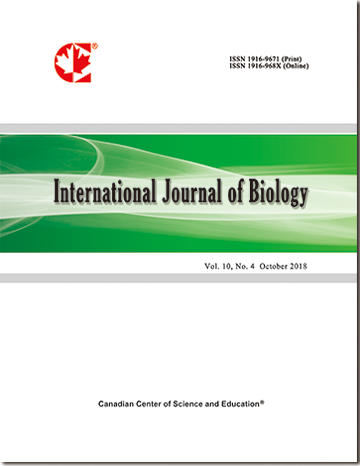Impact of Age, Activity and Diet on the Conditioning Performance in the Ant Myrmica ruginodis Used as a Biological Model (Hymenoptera, Formicidae)
- Marie-Claire Cammaerts
- Geoffrey Gosset
Abstract
Myrmica ruginodis Nylander 1846 workers either of different ages, or having their food at different distances from the nest, or receiving different diet were submitted to identical operant conditioning. Very young ants (callow ants) could not be visually conditioned. Ants one to two years old rapidly acquired visual conditioning, presenting a score of 90% after 70 hrs and going on presenting a score of 80 %, 369 hrs after training ended. Old ants acquired visual conditioning with difficulty, reaching only a score of 65% and retaining nothing of their conditioning. Ants having their food at 5 cm from their nest acquired 85% of conditioning in 2 days and memorized 75% of it; those having their food at 10 cm from their nest acquired 80% of conditioning in 3 days and retained 65% of it; the ants having their food at 15 cm from their nest (e.g. in the vicinity of their cemeteries) acquired 75% of conditioning in 3½ days and remembered 60% of it. Conditioning is thus more efficiently acquired when individuals’ activity is limited. Ants having received no sugar could not acquire conditioning; those having eaten sugar could be easily conditioned. The quantity of sugar provided slightly impacted the ants’ conditioning: the ants consumed only what they needed. The influence of the three factors examined - age, activity, diet - allows us to understand some trends of the ants’ life and is valuable in the context of other animal species.
- Full Text:
 PDF
PDF
- DOI:10.5539/ijb.v6n2p10
Index
- ACNP
- AGRICOLA
- BASE (Bielefeld Academic Search Engine)
- CAB Abstracts
- CiteFactor
- CNKI Scholar
- CrossRef
- DTU Library
- Elektronische Zeitschriftenbibliothek (EZB)
- Excellence in Research for Australia (ERA)
- Google Scholar
- Infotrieve
- LIVIVO (ZB MED)
- LOCKSS
- Max Planck Institutes
- MIAR
- PKP Open Archives Harvester
- Qualis/CAPES
- ResearchGate
- ROAD
- SafetyLit
- SHERPA/RoMEO
- Technische Informationsbibliothek (TIB)
- Universe Digital Library
- WorldCat
Contact
- Ryan JonesEditorial Assistant
- ijb@ccsenet.org
